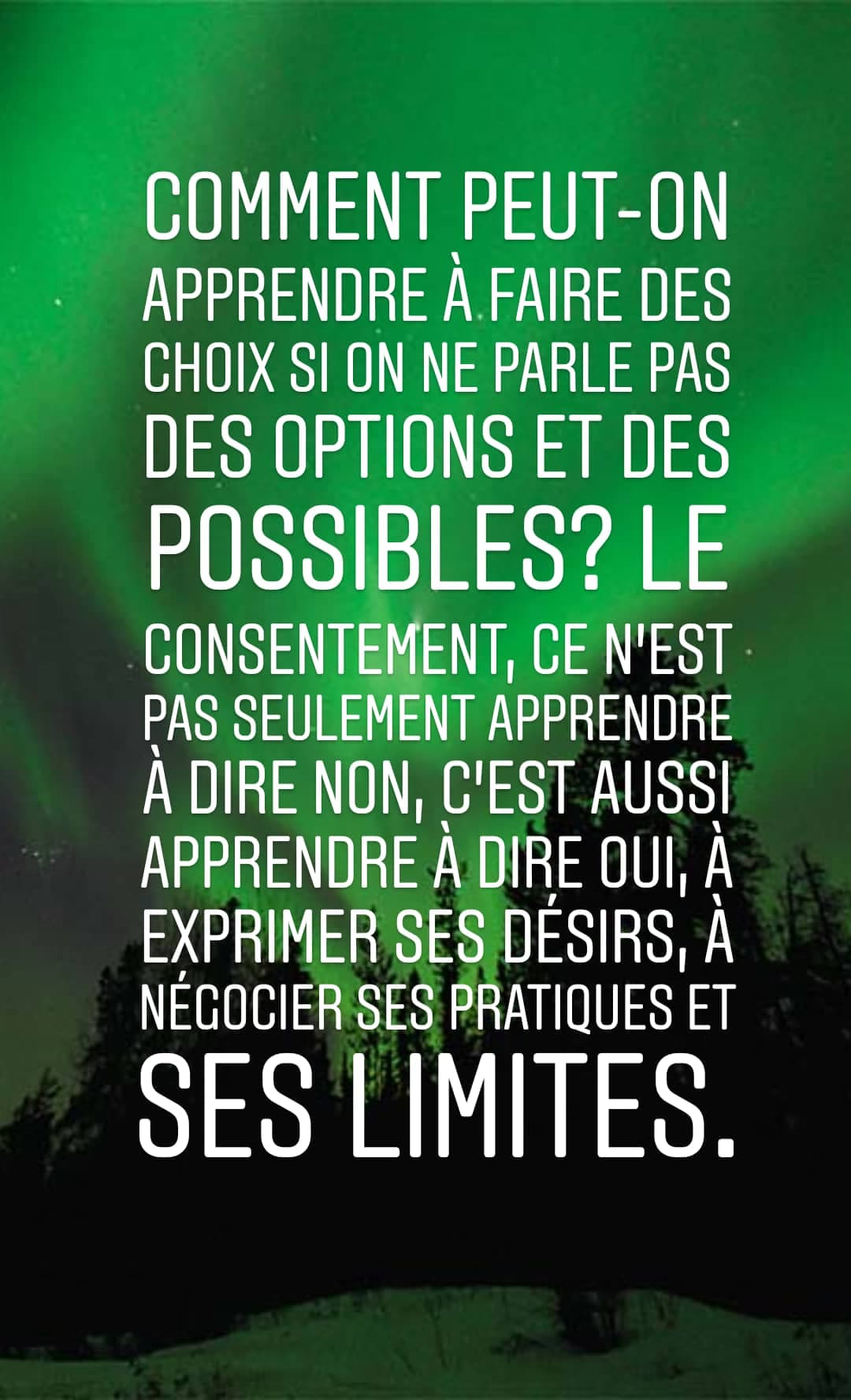Why does one decide to engage in a sensual, erotic, or sexual experience with oneself or others? The reason is more often than not really simple: IT’S FUN! Humans of all ages experience desire. We look for emotional or physical gratification. We want to feel connected with ourselves and other human beings. This is a pretty universal experience, regardless of ability, identity, or attraction.
Surprisingly enough, desire and pleasure, the raw forces behind consensual sensual, erotic or sexual activities, are often absent from sexuality education curricula. When they are discussed in an educational context, they may be only presented as a “risk factors”, leading us to do things we may regret.
This erasure of desire from sexuality education curricula has adverse consequences: it reinforces stereotypes about sexuality and gender, forces non reproductive sexualities completely out of view, and doesn’t allow the deconstruction of race/class sexual stereotypes.
The erasure of pleasure from sex-ed also impacts our ability to consent. How can we make choices when we don’t know the options and possibilities? Consent doesn’t limit itself to learning how to say NO. It’s also learning how to say enthusiastically YES, how to express desire and how to negotiate sexual/sensual activities and boundaries.
As sex educators, we have a responsibility to educate ourselves. We must learn how to integrate pleasure and desire into our activities, in an appropriate way. We must talk about sexuality while taking into account all its complexities, so we can give our audiences all the tools necessary to take the most appropriate decisions with regards to their own circumstances.
Once a month, receive tips and ressources about sexuality education. Suscribe to SEX-ED + newsletter.
Additional ressources:


Comments are closed.